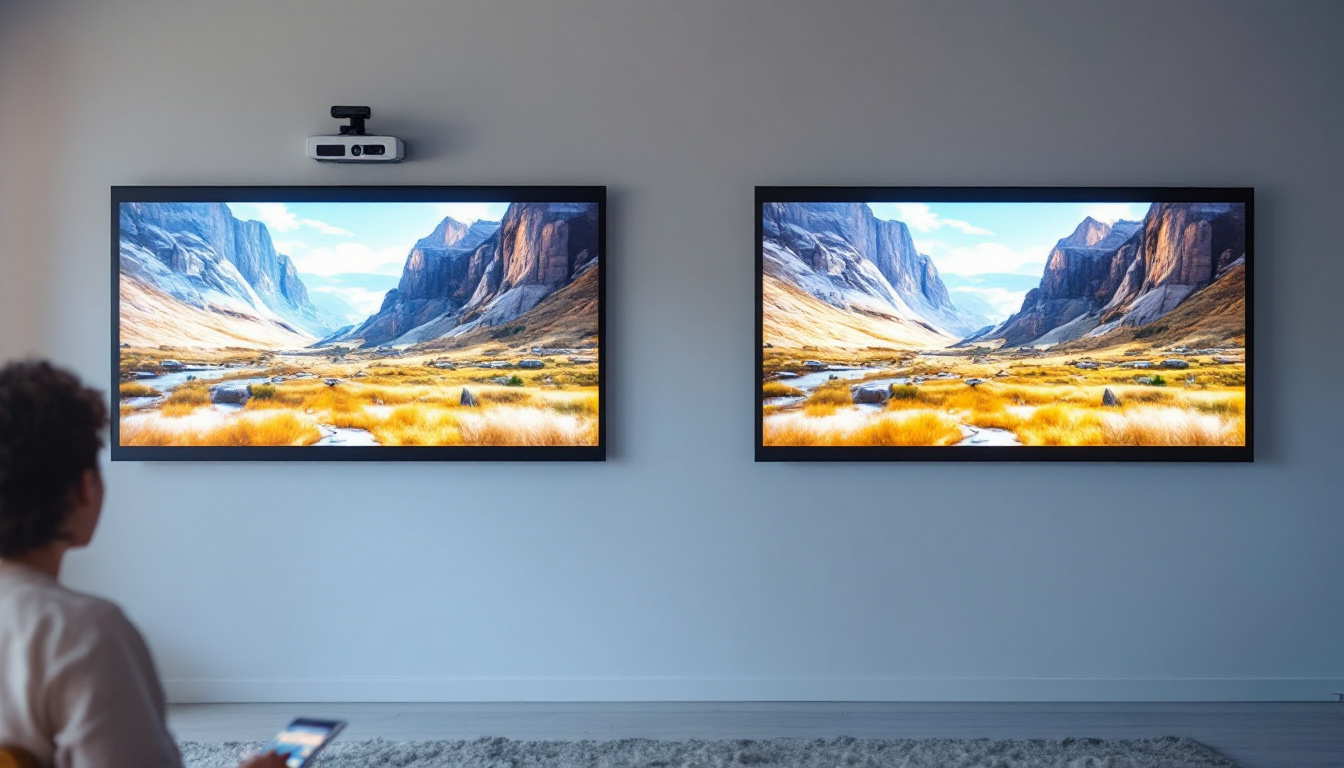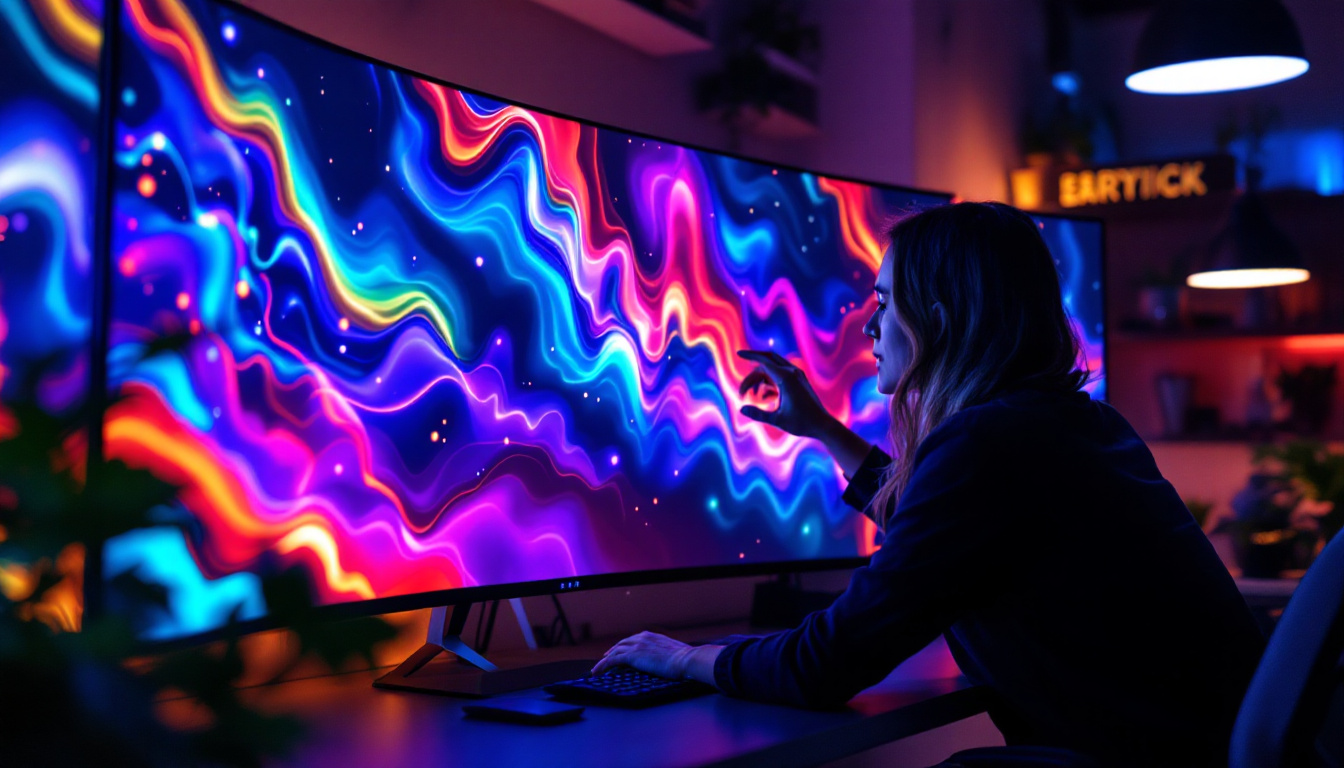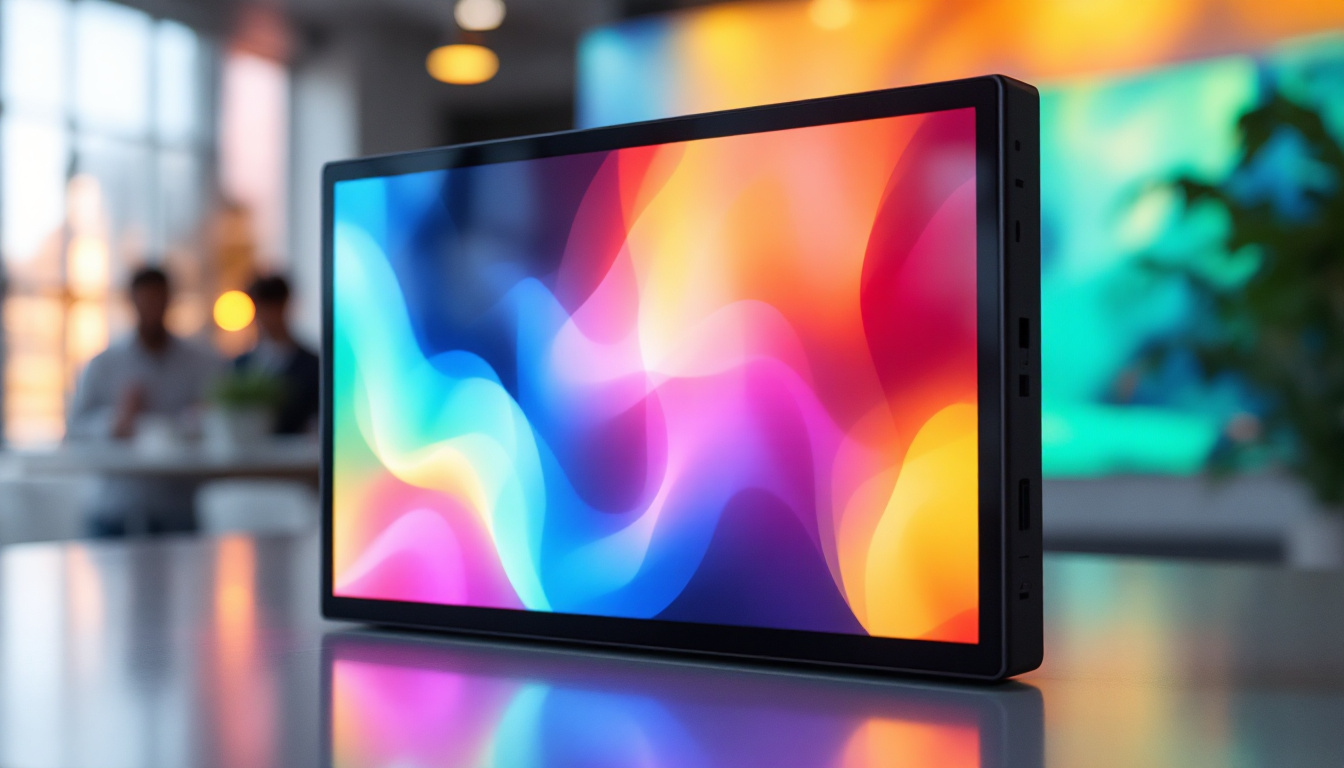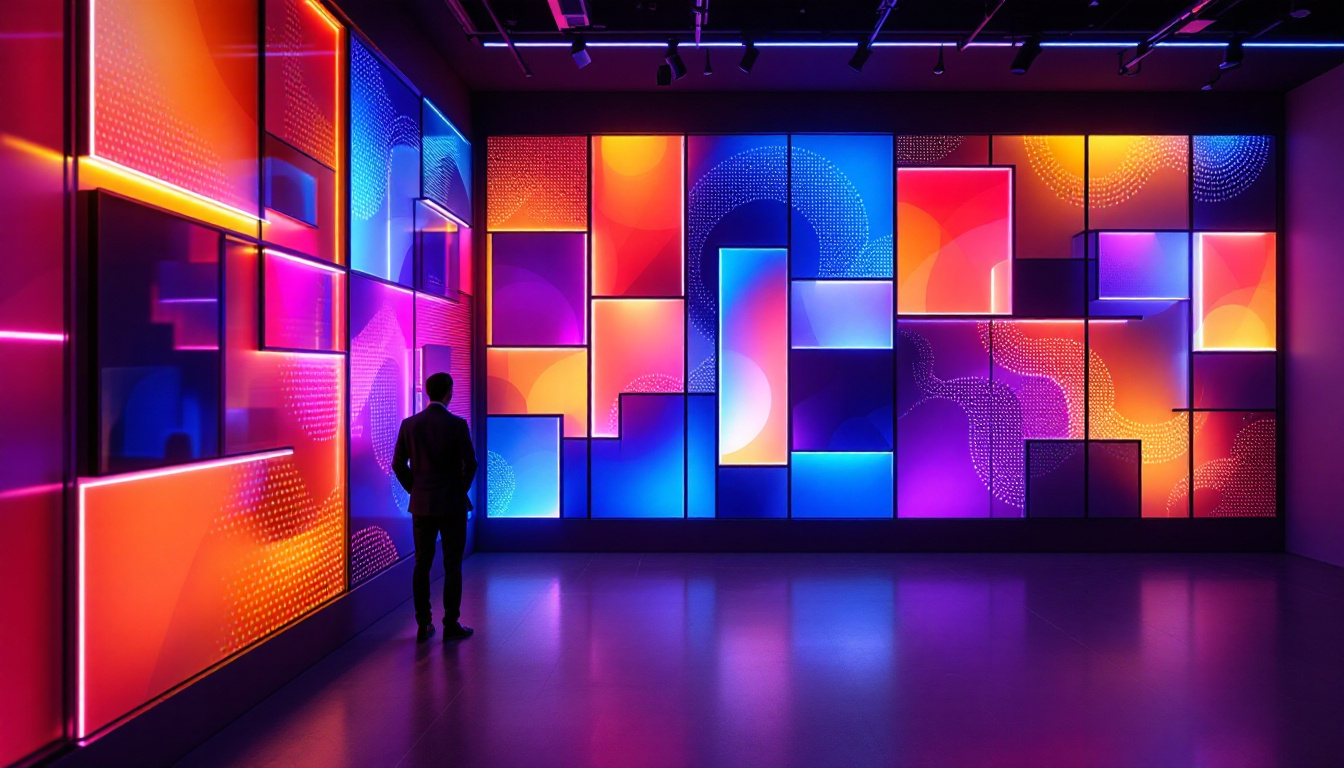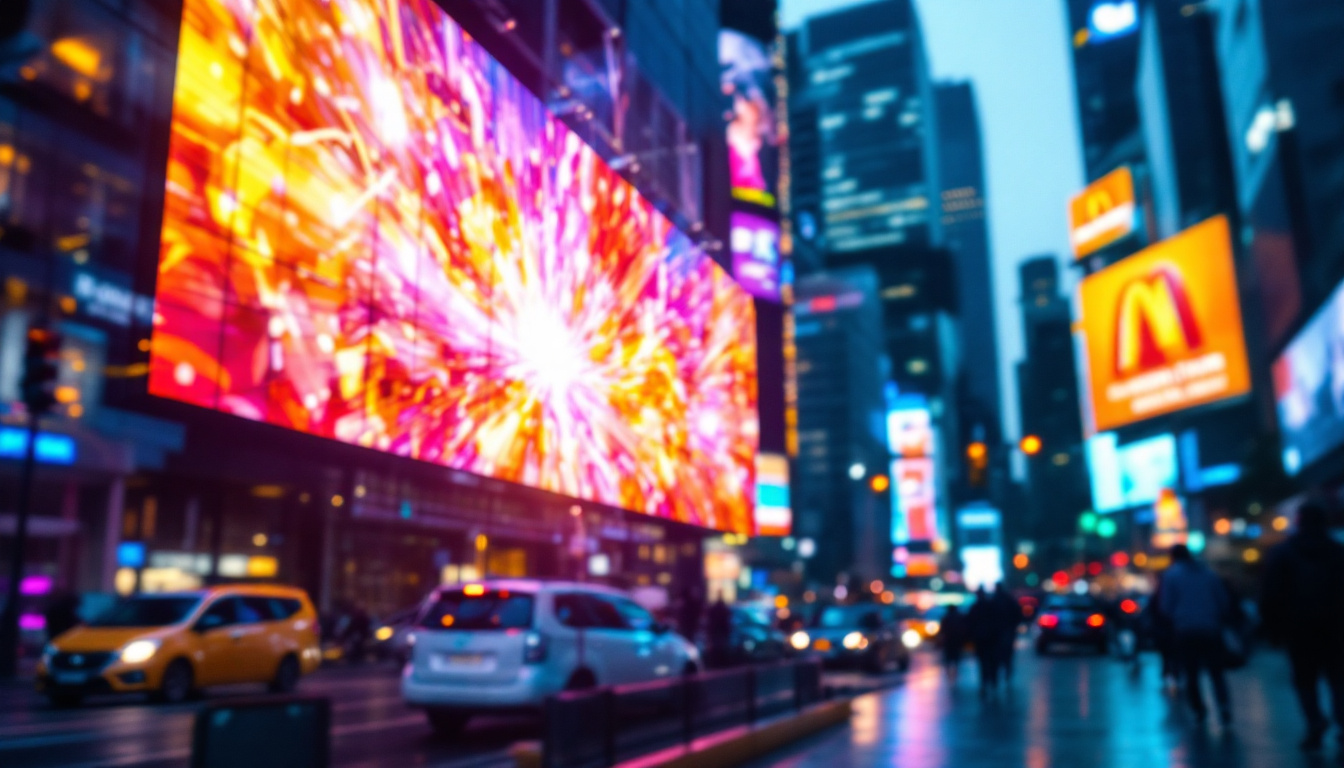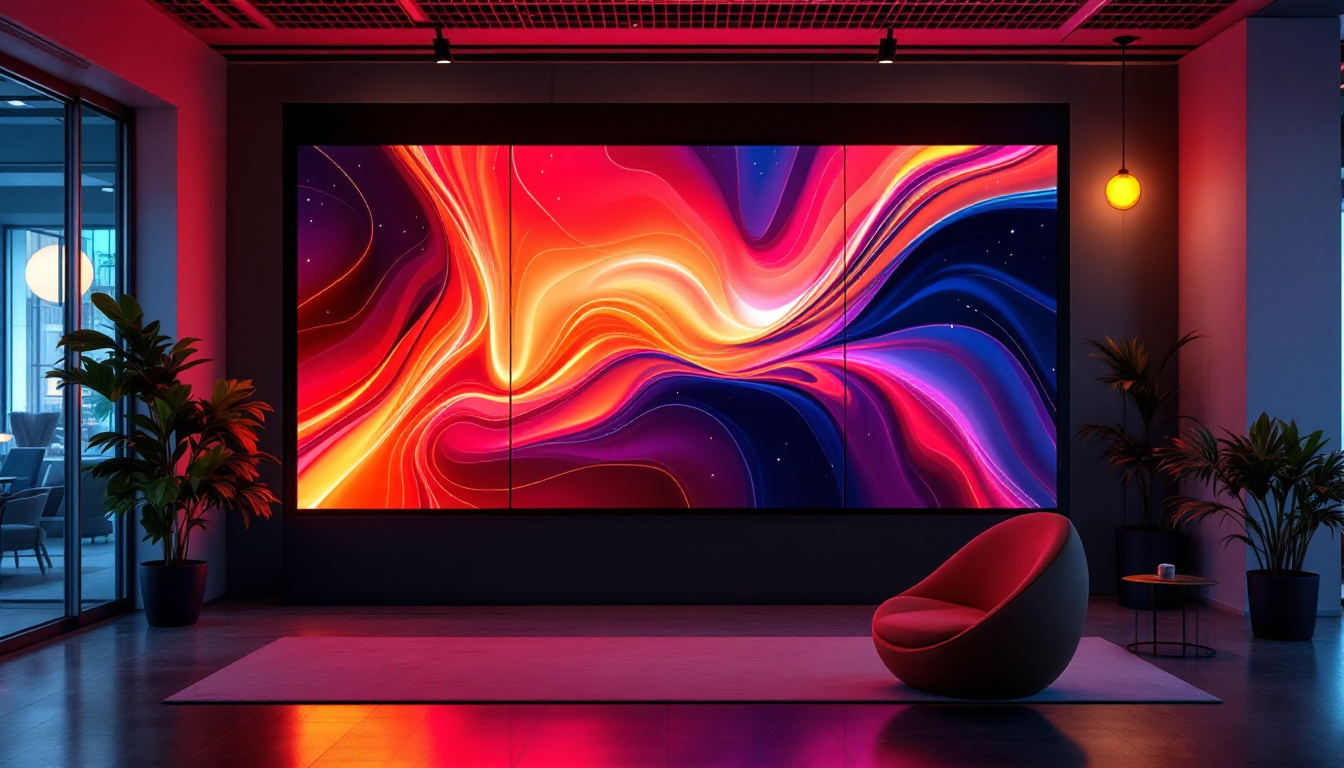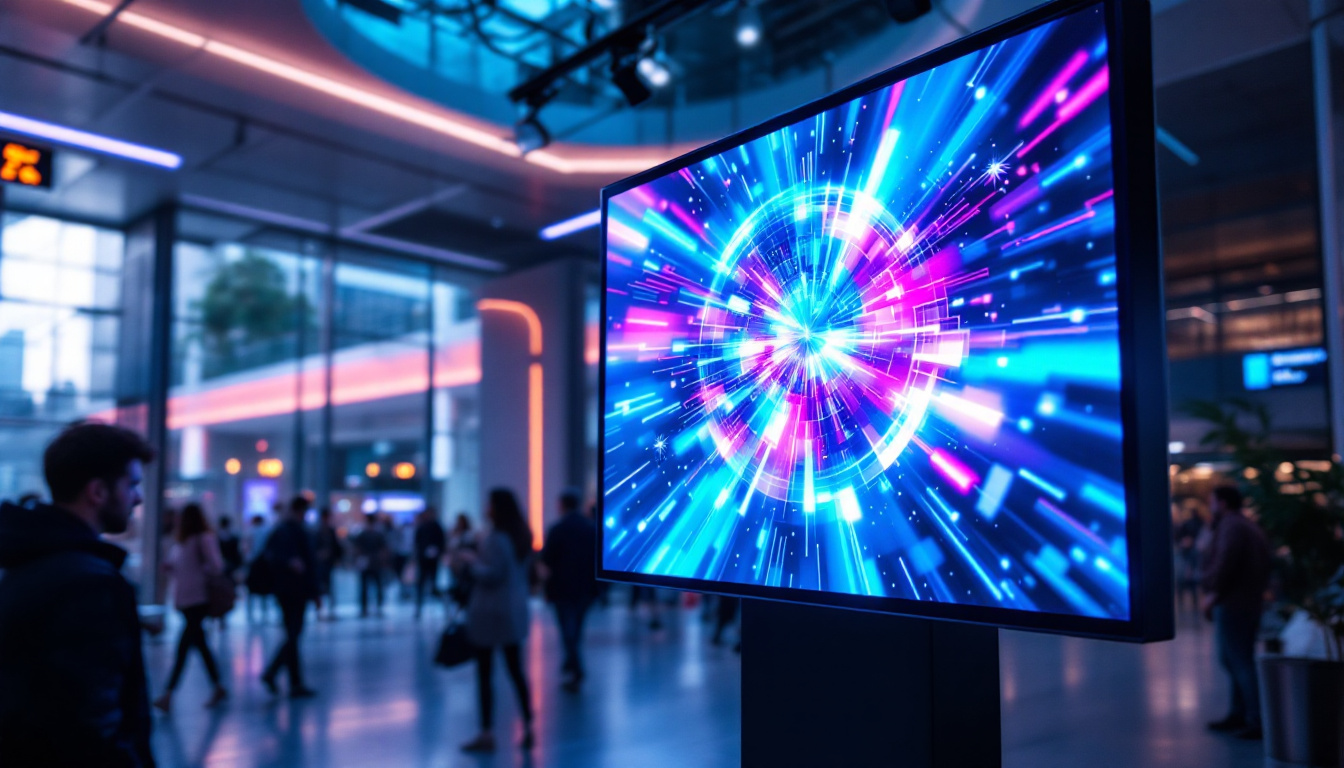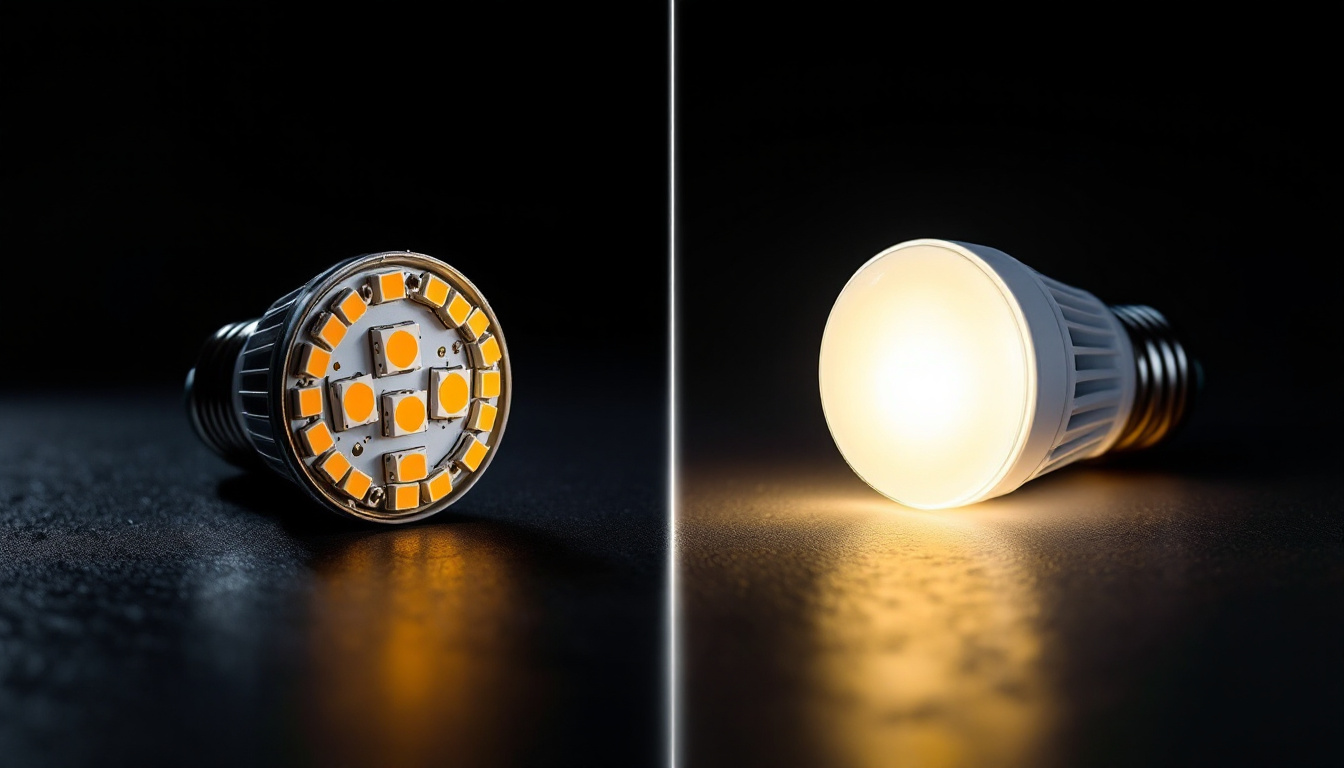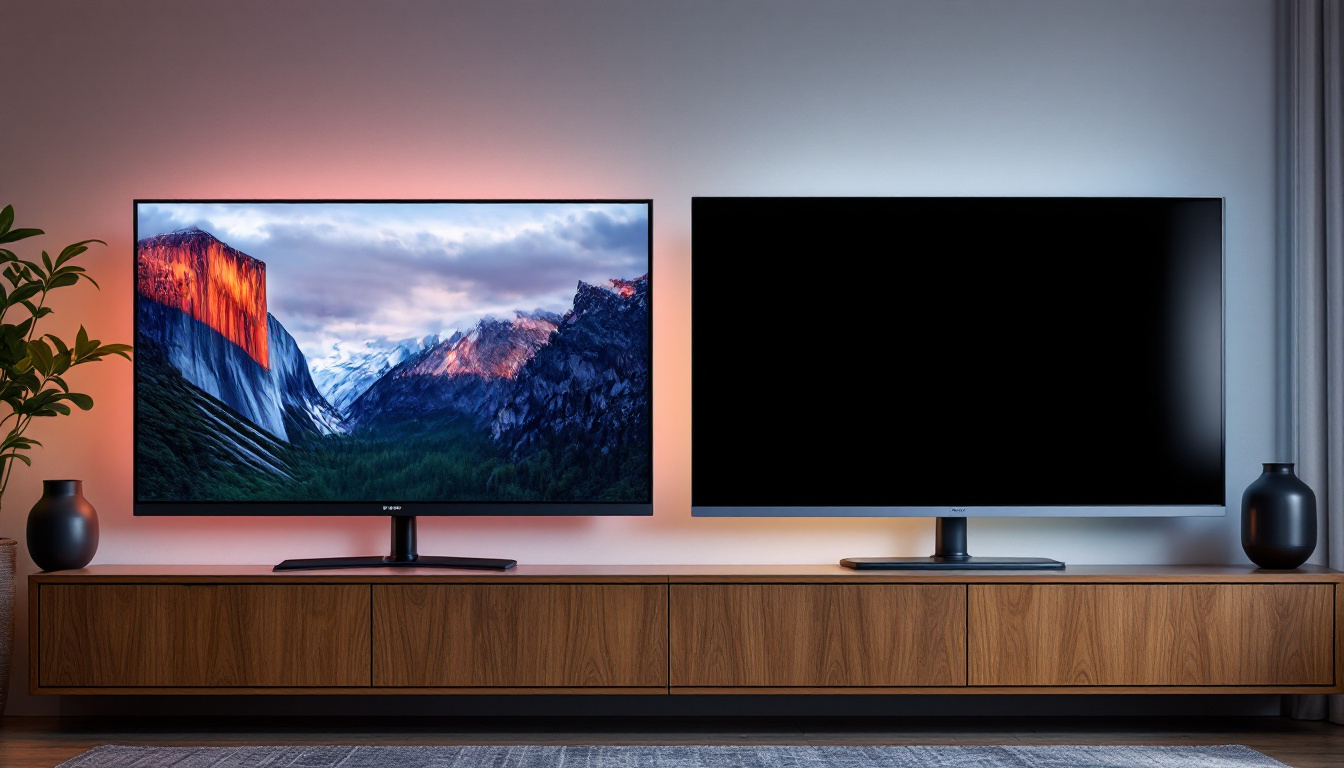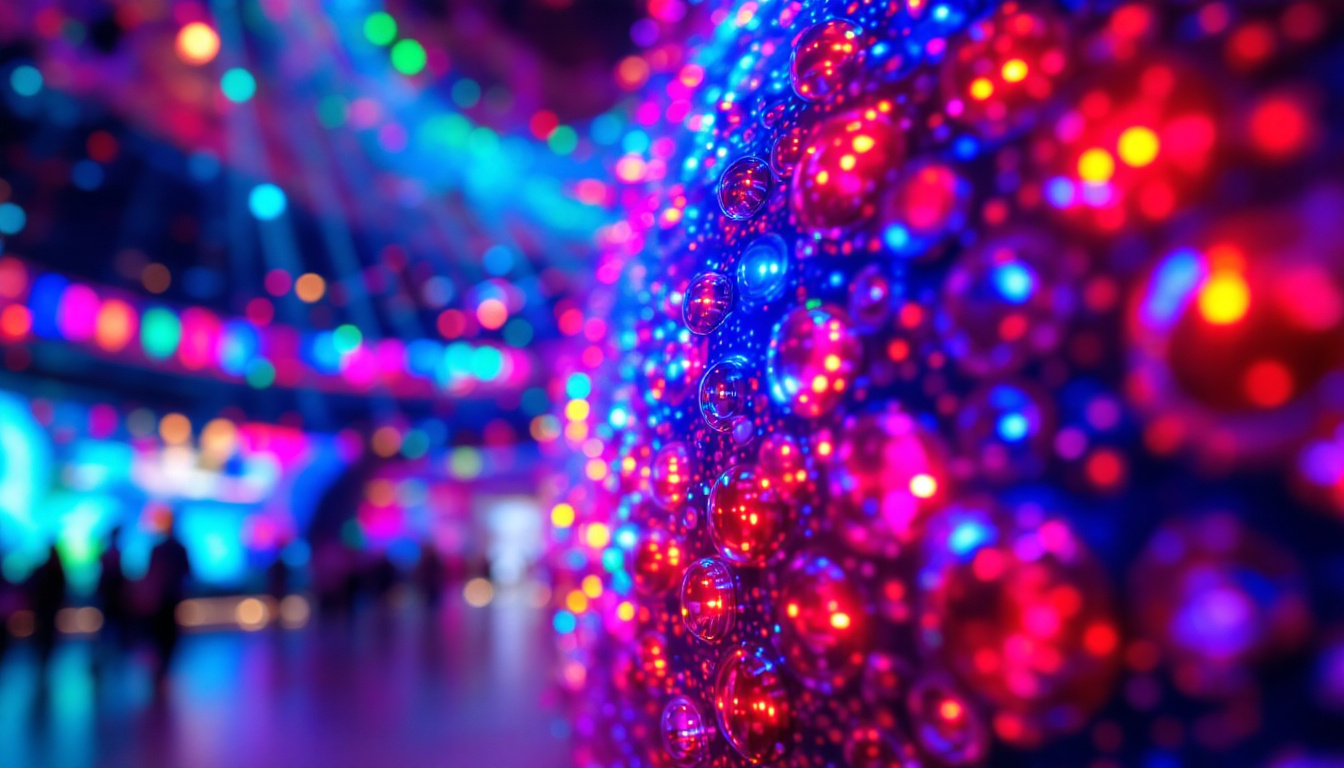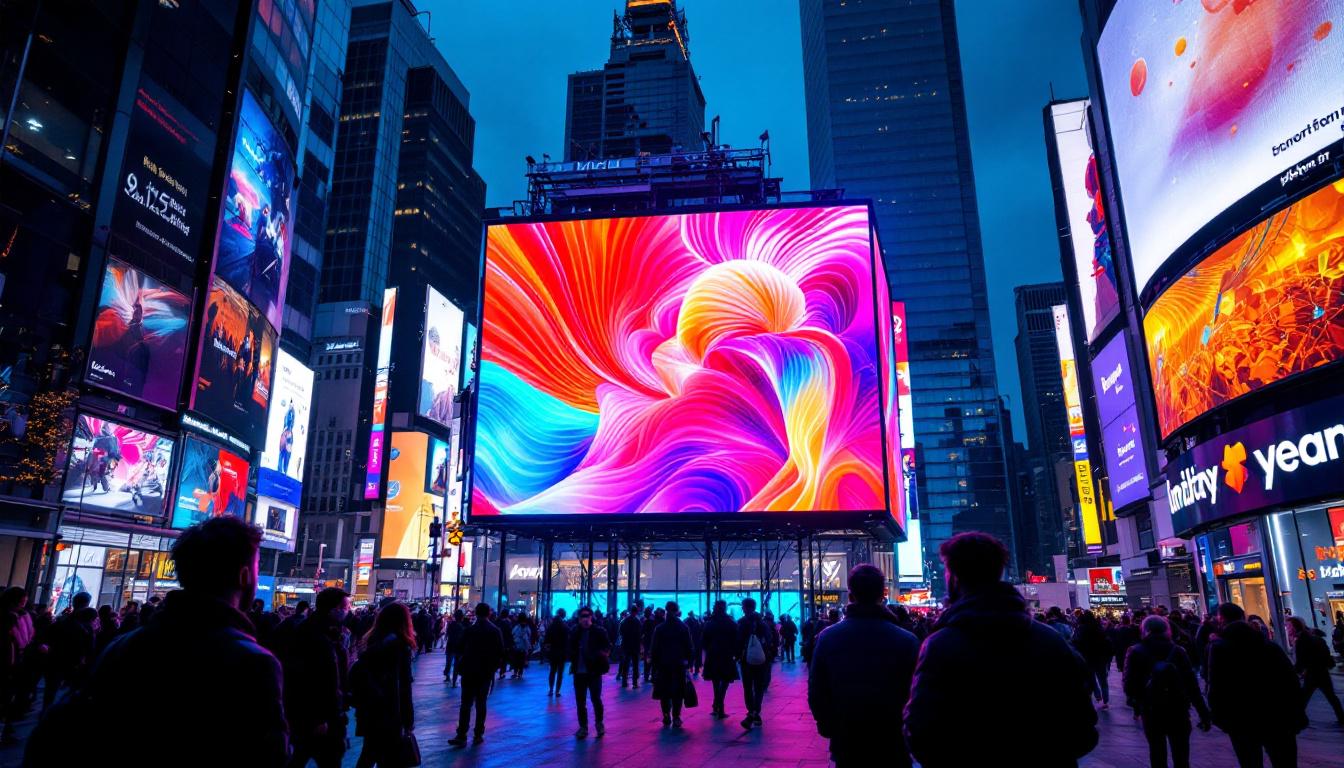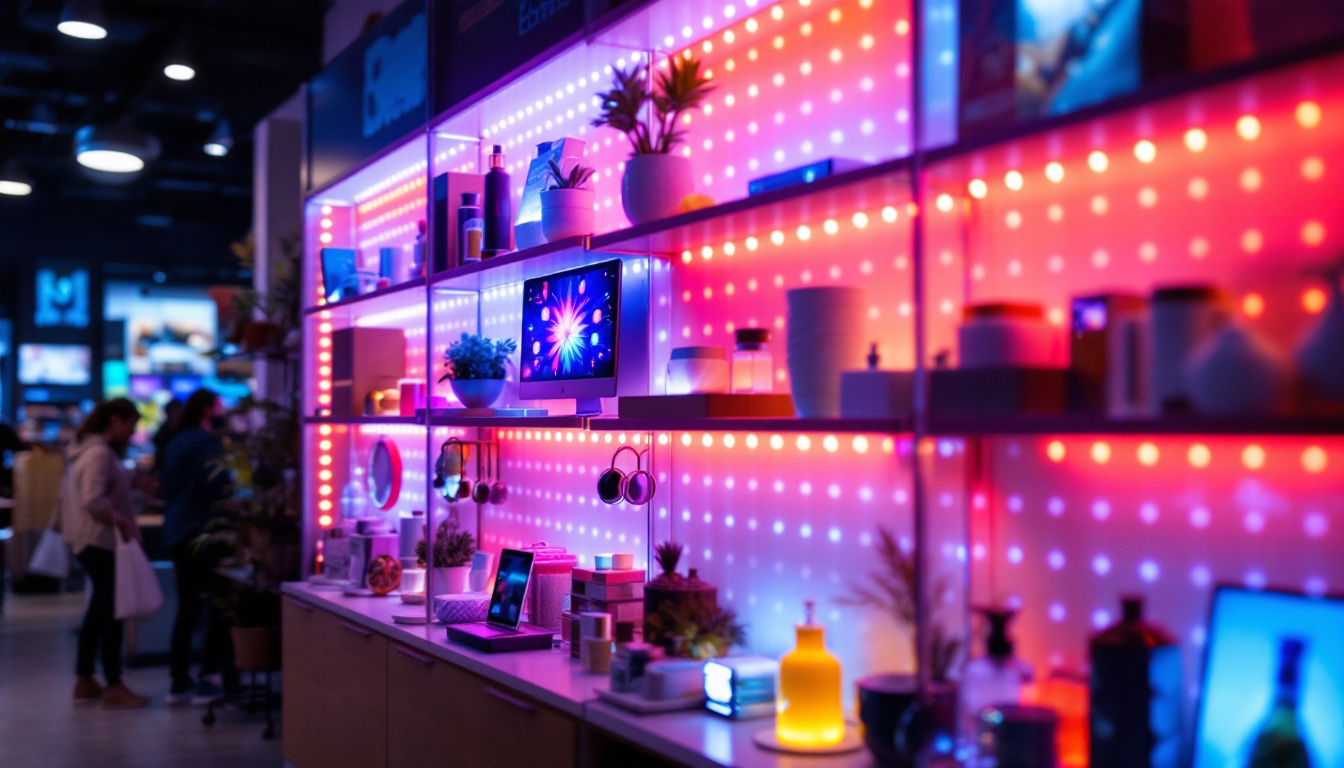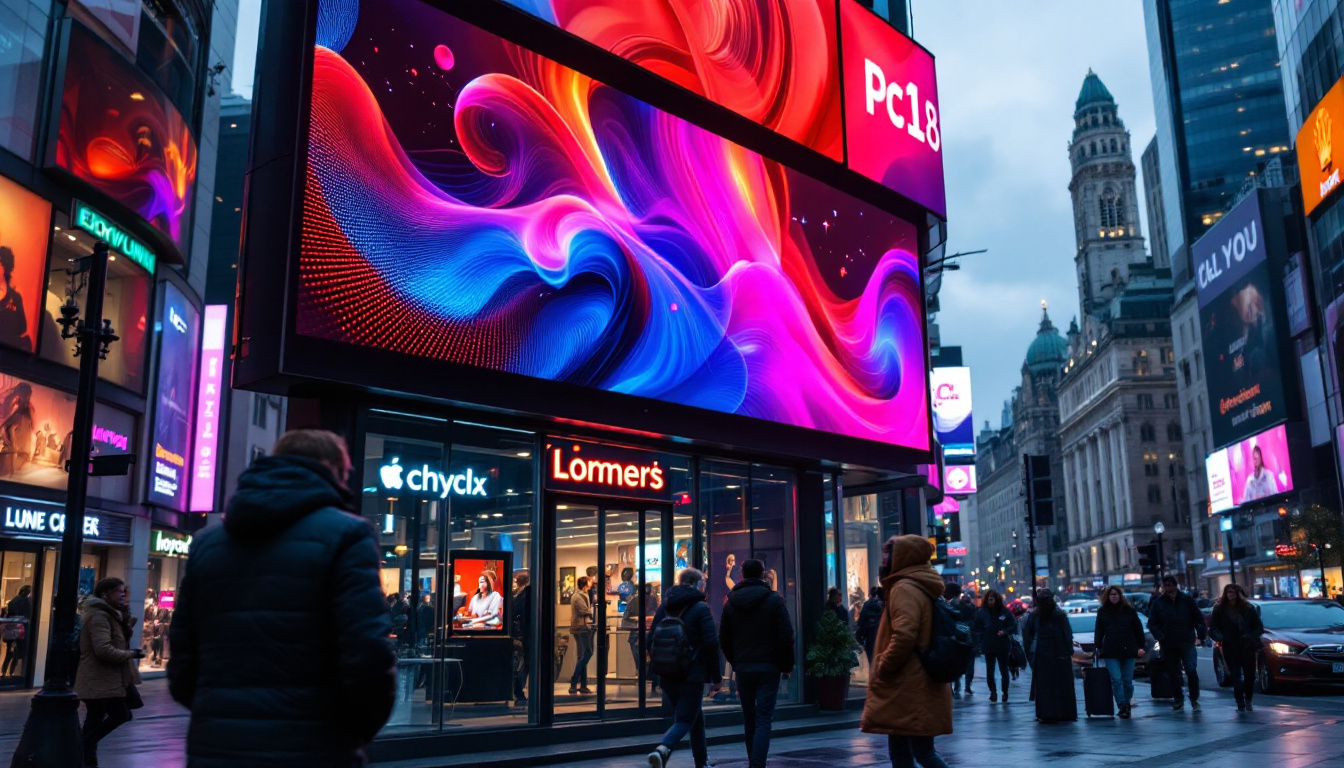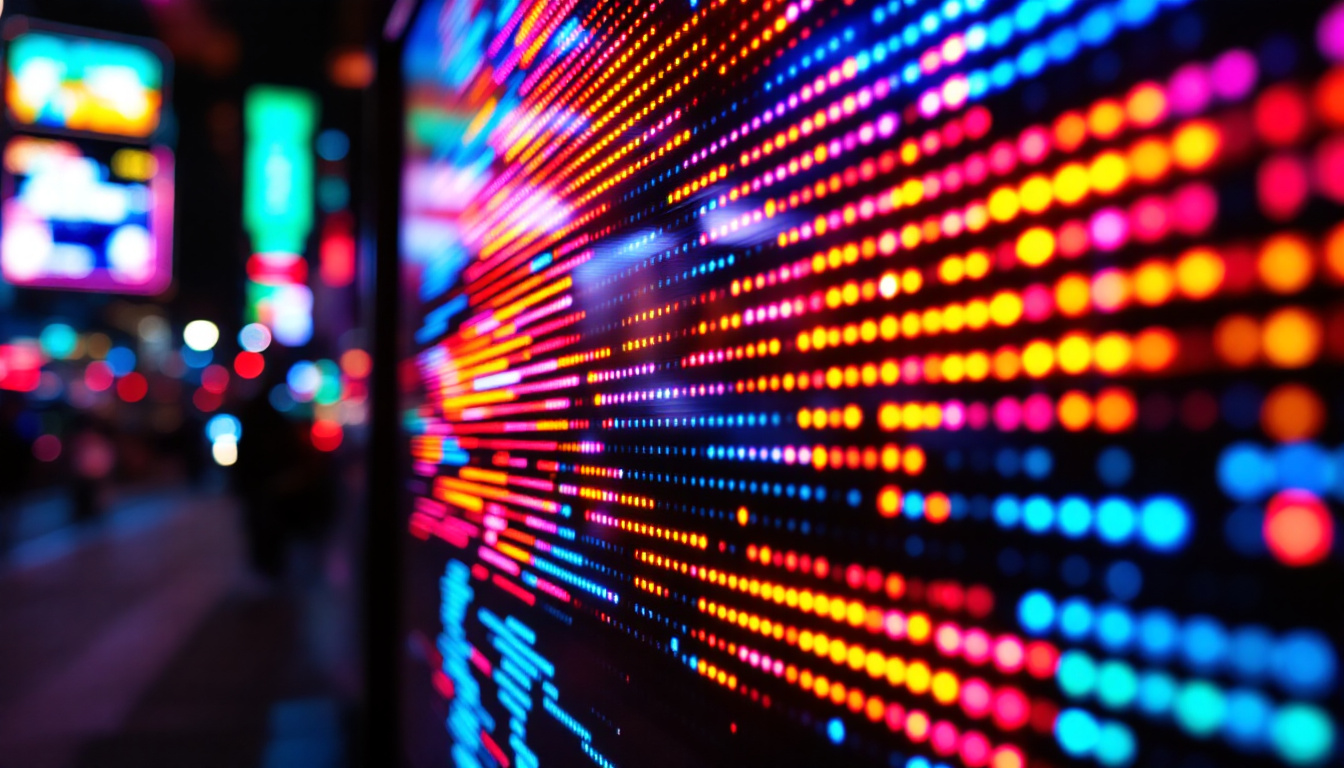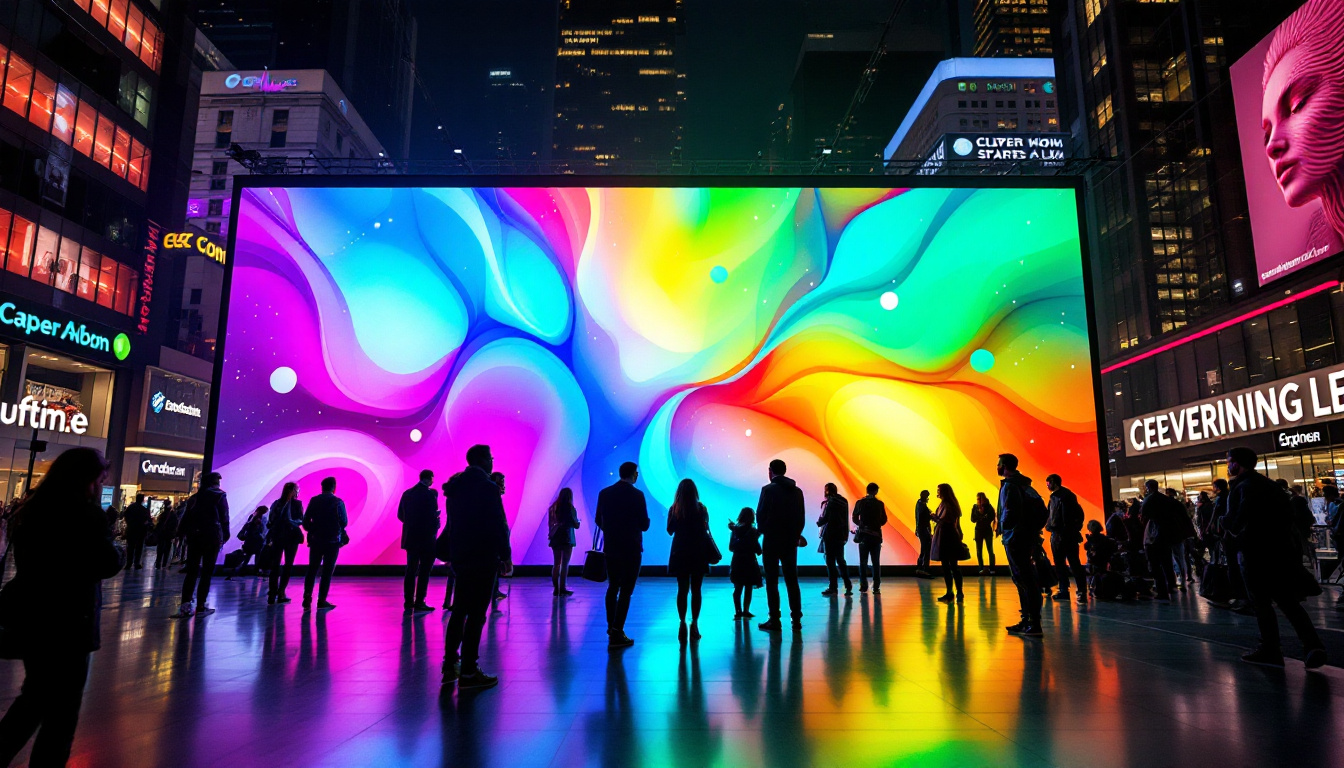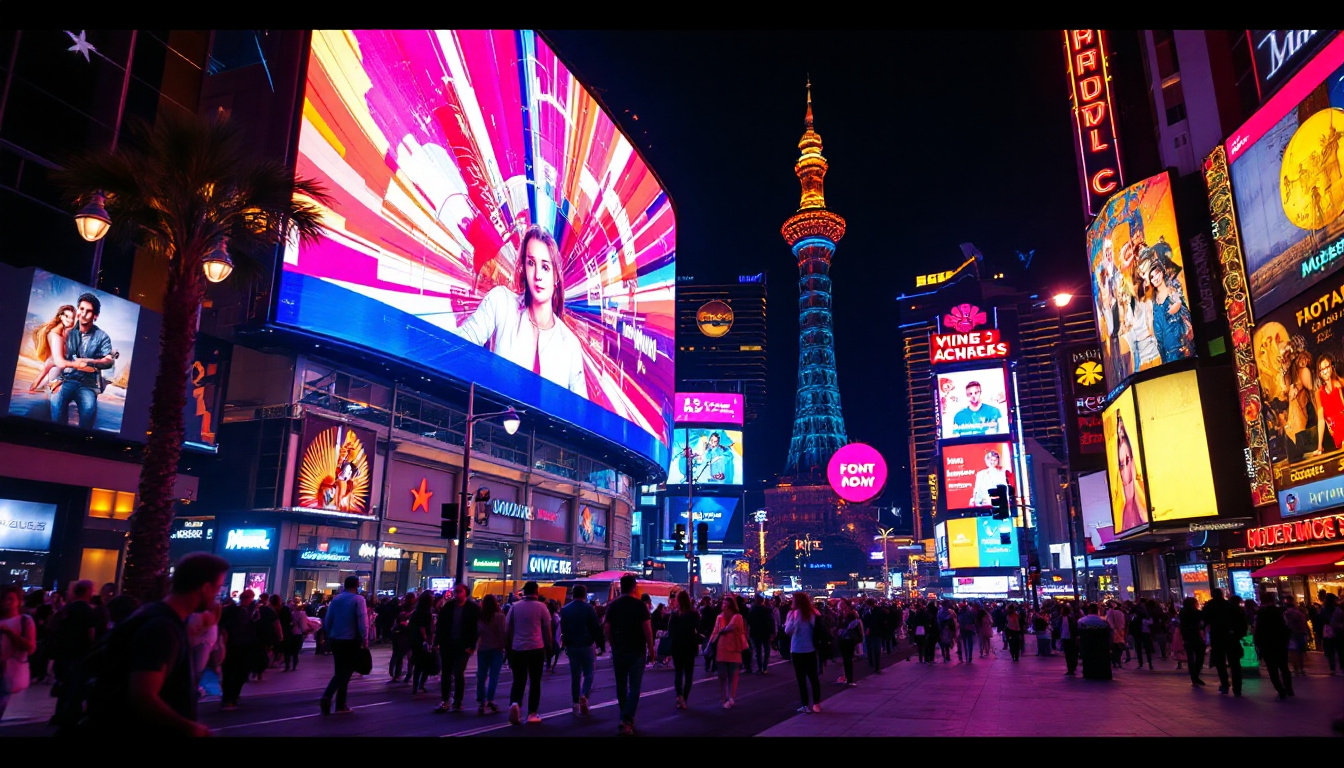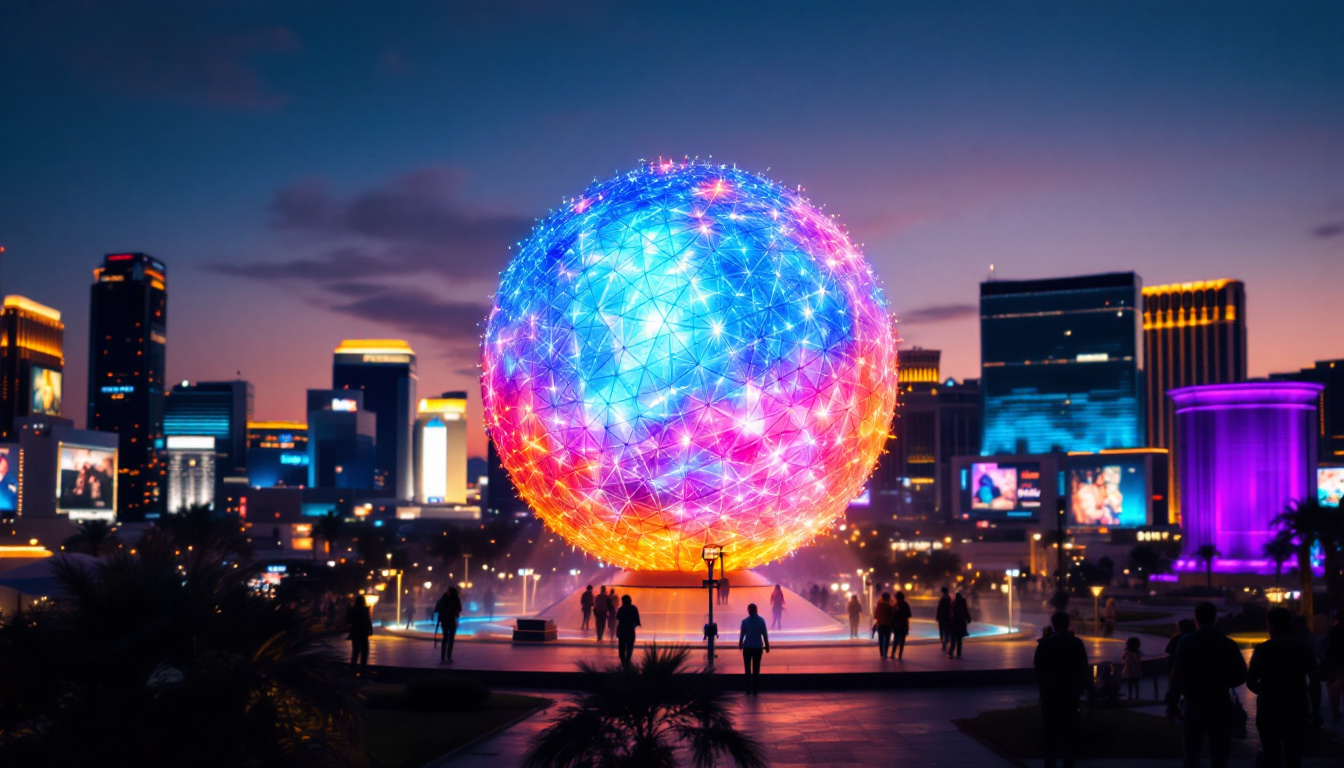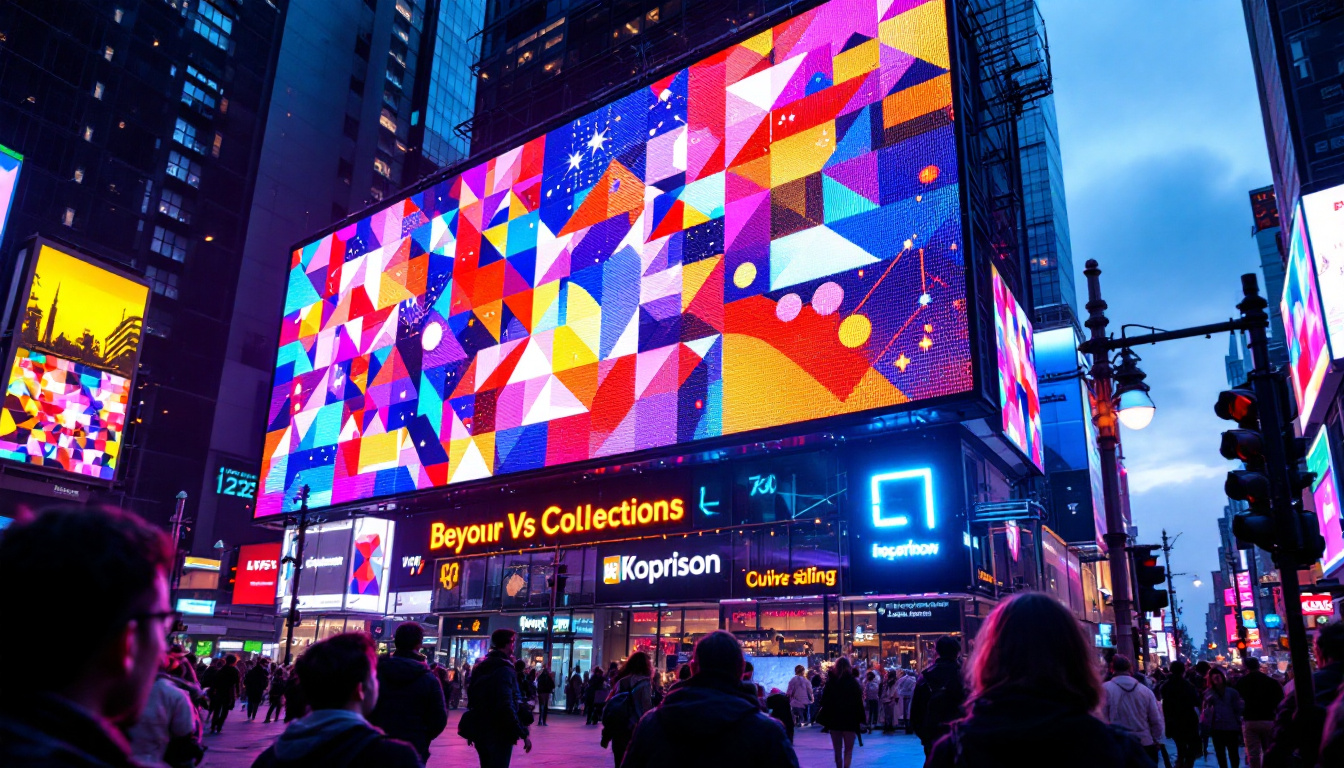The evolution of display technology has transformed the way we interact with visual content. Among the latest innovations, the 5D crystal LED display stands out as a remarkable advancement, blending artistry with cutting-edge technology. This article delves into the intricacies of 5D crystal LED displays, exploring their features, applications, and the technology that powers them.
Understanding 5D Crystal Technology
5D crystal technology represents a leap forward from traditional display systems. Unlike conventional screens that present images in two dimensions, 5D displays incorporate additional layers of depth, movement, and interactivity. This multidimensional approach creates an immersive experience that captivates viewers.
The Dimensions of 5D
To grasp the concept of 5D, it’s essential to understand the dimensions involved. While 2D displays present height and width, 5D introduces depth, time, and user interaction as critical components. This means that not only can images appear to pop out of the screen, but they can also change based on viewer engagement and the surrounding environment.
The integration of these dimensions allows for a more dynamic viewing experience. For instance, a 5D display can simulate realistic environments, making viewers feel as if they are part of the scene. This is achieved through advanced rendering techniques and sophisticated algorithms that analyze viewer position and movement.
Key Components of 5D Crystal LED Displays
Several key components contribute to the functionality of 5D crystal LED displays. These include high-resolution LED panels, advanced optics, and interactive sensors. The LED panels provide vibrant colors and sharp images, while the optics enhance the perception of depth. Interactive sensors allow the display to respond to viewer movements, creating a truly engaging experience.
Moreover, the integration of software plays a crucial role in the operation of 5D displays. Specialized programs enable the manipulation of images and effects in real-time, ensuring that the display can adapt to different scenarios and applications.
Applications of 5D Crystal LED Displays
The versatility of 5D crystal LED displays opens up a wide range of applications across various industries. From entertainment to education, these displays are revolutionizing how information is presented and consumed.
Entertainment and Media
In the entertainment sector, 5D displays are making waves in theme parks, cinemas, and museums. They enhance the storytelling experience by creating immersive environments that engage audiences on multiple levels. For example, a 5D movie experience can incorporate physical effects like motion seats and environmental elements such as wind or mist, further blurring the lines between reality and fiction.
Additionally, concerts and live performances are increasingly utilizing 5D technology to create stunning visual backdrops. The ability to project dynamic visuals that respond to music and audience interaction elevates the overall experience, making it more memorable.
Education and Training
In educational settings, 5D crystal displays are being employed to facilitate interactive learning. By creating immersive simulations, students can engage with complex concepts in a more intuitive manner. For instance, medical students can practice surgical techniques in a virtual environment that mimics real-life scenarios, significantly enhancing their training.
Moreover, 5D displays can bring historical events to life, allowing students to experience history in a way that textbooks cannot provide. This interactive approach fosters deeper understanding and retention of information.
Advertising and Marketing
In the realm of advertising, 5D crystal LED displays are transforming how brands connect with consumers. The ability to create eye-catching, interactive advertisements can significantly increase engagement and brand recall. Retailers are using these displays to showcase products in a more dynamic way, allowing customers to interact with the display and explore features in real-time.
Furthermore, the integration of augmented reality (AR) with 5D displays offers unique opportunities for immersive marketing campaigns. Brands can create experiences that allow consumers to visualize products in their own environments, enhancing the likelihood of purchase.
Technological Advancements Behind 5D Crystal Displays
The development of 5D crystal LED displays is underpinned by several technological advancements. These innovations not only enhance the quality of the display but also improve the overall user experience.
High-Resolution Imaging
One of the most significant advancements in 5D crystal technology is the use of high-resolution imaging. Modern LED panels boast pixel densities that allow for incredibly detailed visuals. This high resolution is crucial for creating the illusion of depth and realism that defines 5D displays.
Additionally, advancements in color accuracy and brightness ensure that images are vibrant and lifelike. This is particularly important in applications where visual fidelity is paramount, such as in medical imaging or detailed architectural visualizations.
Interactive Technologies
Interactive technologies are at the heart of 5D displays. Touch sensors, motion detectors, and gesture recognition systems allow users to engage with the content in a meaningful way. These technologies create a two-way interaction, making the viewing experience more engaging and personalized.
For instance, a user can manipulate a 3D model on the display by simply moving their hands, allowing for a more intuitive understanding of complex structures. This level of interaction is a game-changer in various fields, from design to education.
Software and Content Creation
The software that drives 5D displays is equally important. Advanced rendering engines and content creation tools enable developers to produce high-quality, interactive content that takes full advantage of the display’s capabilities. These tools allow for real-time adjustments and enhancements, ensuring that the content remains fresh and engaging.
Moreover, the rise of artificial intelligence (AI) in content creation is paving the way for even more dynamic experiences. AI can analyze viewer behavior and preferences, tailoring the content to suit individual tastes and creating a more personalized experience.
Challenges and Considerations
Despite the numerous advantages of 5D crystal LED displays, several challenges must be addressed for widespread adoption. Understanding these challenges is crucial for businesses and developers looking to implement this technology effectively.
Cost Implications
The initial investment required for 5D crystal LED displays can be significant. High-quality components, advanced software, and installation costs can add up quickly. As a result, many businesses may hesitate to adopt this technology, especially smaller enterprises with limited budgets.
However, as the technology matures and production processes become more efficient, costs are expected to decrease. This will likely lead to broader accessibility and adoption across various sectors.
Content Development and Maintenance
Creating and maintaining content for 5D displays can be resource-intensive. Developers must invest time and expertise in producing high-quality, interactive experiences that leverage the full potential of the technology. Additionally, regular updates and maintenance are necessary to keep the content relevant and engaging.
Organizations must weigh these considerations against the potential benefits of enhanced engagement and user experience. Developing a clear strategy for content creation and maintenance is essential for maximizing the return on investment.
Technical Limitations
While 5D crystal LED displays offer impressive capabilities, they are not without technical limitations. Issues such as latency in response time, refresh rates, and compatibility with existing systems can pose challenges. Ensuring seamless integration with other technologies is critical for delivering a smooth user experience.
Furthermore, as the technology continues to evolve, staying updated with the latest advancements and best practices will be essential for businesses looking to leverage 5D displays effectively.
The Future of 5D Crystal Displays
The future of 5D crystal LED displays is promising, with ongoing advancements in technology and a growing interest across various industries. As the demand for immersive experiences continues to rise, it is likely that 5D displays will become more prevalent in everyday applications.
Integration with Virtual and Augmented Reality
One of the most exciting prospects for 5D crystal displays is their potential integration with virtual reality (VR) and augmented reality (AR). Combining these technologies could lead to even more immersive experiences, where users can interact with digital content in real-world environments.
This integration could revolutionize fields such as gaming, education, and training, providing users with unparalleled levels of engagement and interactivity. As VR and AR technologies advance, the synergy with 5D displays will likely enhance their capabilities and applications.
Broader Adoption Across Industries
As the technology matures and costs decrease, broader adoption of 5D crystal displays is anticipated across various industries. From retail to healthcare, the ability to create immersive and interactive experiences will drive innovation and enhance customer engagement.
Furthermore, as more businesses recognize the value of 5D displays in attracting and retaining customers, investment in this technology is expected to grow. This trend will likely lead to new applications and creative uses that have yet to be imagined.
Continued Innovation and Development
The landscape of display technology is constantly evolving, and 5D crystal displays are no exception. Ongoing research and development efforts will continue to push the boundaries of what is possible, leading to new features, improved performance, and enhanced user experiences.
As technology progresses, it is essential for businesses and developers to stay informed about the latest trends and advancements in 5D display technology. Embracing innovation will be key to leveraging the full potential of this exciting medium.
Conclusion
5D crystal LED displays represent a significant advancement in display technology, offering immersive experiences that engage viewers on multiple levels. With applications spanning entertainment, education, and advertising, the potential for this technology is vast.
As the industry continues to evolve, addressing challenges such as cost, content development, and technical limitations will be crucial for widespread adoption. The future of 5D displays looks bright, with ongoing innovations promising to enhance user experiences and redefine how information is presented and consumed.
In a world where visual engagement is paramount, 5D crystal LED displays are poised to play a pivotal role in shaping the future of communication and interaction.
Discover the Future of Display Technology with LumenMatrix
Ready to elevate your visual experience to new dimensions? LumenMatrix, a pioneer in LED display innovation, invites you to explore our comprehensive range of LED display solutions. From Indoor and Outdoor LED Walls to specialized displays for Vehicles, Sports, and even Custom configurations, we offer the tools to bring your brand to life. Experience the synergy of artistry and technology with our All-in-One and Transparent LED displays, designed to captivate and engage like never before. Check out LumenMatrix LED Display Solutions today and join the revolution in visual communication.



